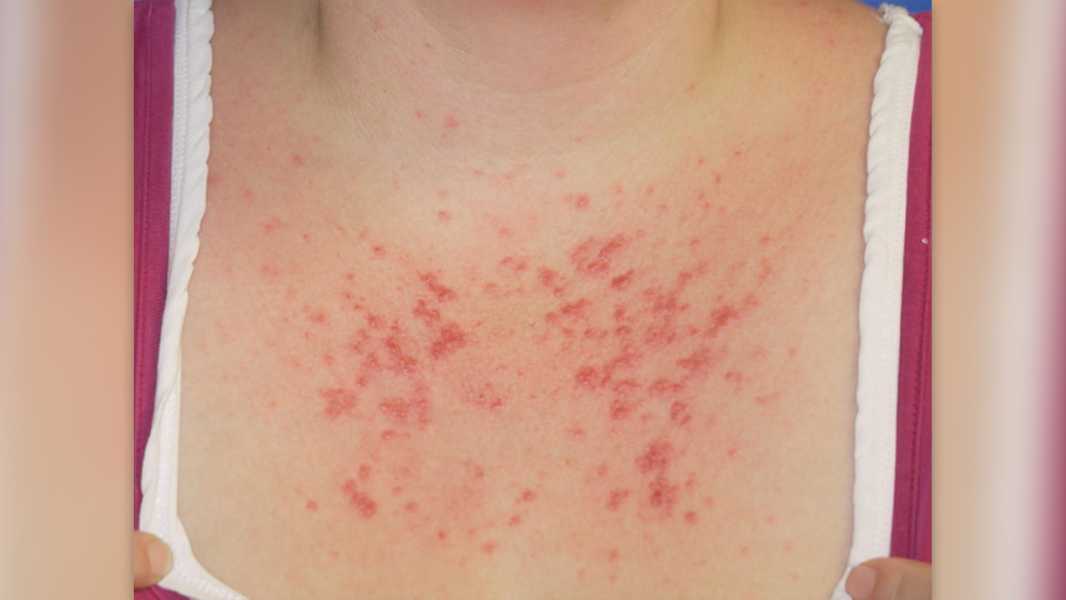
What is a sun allergy? (Image credit: Tim Robberts via Getty Images)
Sunbathing can lead to a host of health problems, from sunburn to skin cancer. But is it possible to have a sun allergy?
The short answer: Yes, you can have an allergic reaction to UV light. A sun allergy causes an itchy rash that can appear as red bumps, spots, blisters, or hives on areas of skin exposed to sunlight, Dr. Debra Jaliman, a board-certified dermatologist in New York City and a member of the American Academy of Dermatology, told Live Science.
However, the term “sun allergy” is an umbrella term that covers a variety of immune responses to UV light. Some forms of sun allergy may be influenced by genetics, while others may develop as a reaction to certain chemicals in medications or cosmetics, according to Harvard Health.

A similar rash, seen on fair skin, may appear about two hours after sun exposure in people with “polymorphic light eruption.”
Polymorphous light eruption (PMLE) is considered one of the most common forms of sun allergy. PMLE may affect 1 in 10 people worldwide, but is more common in the Northern Hemisphere, according to a 2022 meta-analysis published in the Journal of the European Academy of Dermatology and Venereology. PMLE typically presents with a rash that appears within two hours of sun exposure. The condition is more common in women than men, and its symptoms often appear at a young age. According to health resource StatPearls, scientists do not know the exact causes of PMLE.
In rare cases, PMLE can be inherited. This form of sun allergy, known as actinic prurigo, primarily affects Native American populations in the northern, southern, and central parts of the United States. Symptoms of actinic prurigo tend to appear earlier and are more severe than those of typical PMLE, according to Harvard Health.
Another common form of sun allergy is photoallergic rash, a skin reaction caused by the interaction of sunlight and chemicals that may be ingested or applied to the skin. This blistering rash can appear within one to two days and may spread to areas of skin that have not been exposed to sunlight, according to Harvard Health. Photoallergic rash “can affect people of all skin types, but those with fair skin who are more sensitive to the sun are more likely to experience symptoms,” Jaliman said.
Photoallergic rashes are often caused by synthetic chemicals found in cosmetics.
Sourse: www.livescience.com





